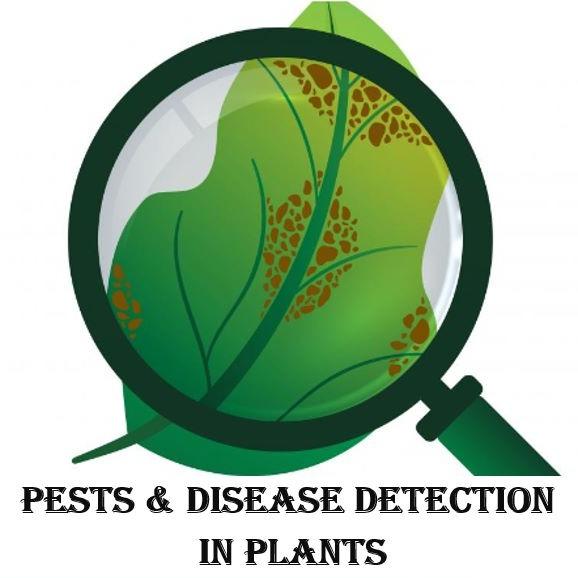Pests & Disease Detection in Plants
"PlantWatch: Smart Protection for Greener Growth!"
Created on 6th August 2023
•
Pests & Disease Detection in Plants
"PlantWatch: Smart Protection for Greener Growth!"
The problem Pests & Disease Detection in Plants solves
Farmers and gardeners face significant challenges in detecting and managing diseases in their crops and plants. The lack of early detection often leads to substantial yield losses, crop damage, and increased reliance on chemical interventions, negatively impacting both the environment and economic sustainability. The inability to identify and address these issues in a timely manner can result in reduced productivity, increased production costs, and diminished crop quality.
Solution we make: By developing a pest, disease detection system for plants, we can revolutionize the way these issues are managed. Through advanced technologies such as image recognition, machine learning, and data analysis, the system can quickly and accurately identify pests, diseases, and in plants.
It provides real-time monitoring, alerts, and recommendations to farmers, enabling them to take immediate action and implement targeted treatments. This proactive approach can significantly reduce yield losses, minimize crop damage, and optimize resource allocation, leading to improved productivity, enhanced crop quality, and sustainable agricultural practices.
Challenges we ran into
- Limited Data Availability: Acquiring a comprehensive and diverse dataset for various plant species, pests, and diseases can be challenging, leading to potential biases and limited model generalization.
- Class Imbalance: Imbalanced data, where certain pest or disease classes have significantly fewer samples, can hinder model performance and lead to biased predictions.
- Ambiguous Symptoms: Pests and diseases may exhibit overlapping or ambiguous symptoms, making accurate identification and differentiation more difficult.
- Real-time Detection: Achieving real-time or low-latency detection is essential for timely intervention, but it can be challenging due to the computational demands of the model.
- Interpreting Model Decisions: Understanding how the model arrives at its predictions is critical for gaining trust and acceptance among users, but complex models can be difficult to interpret.
- Adoption by Farmers: Convincing farmers to adopt new technology and integrate it into their existing practices can be a challenge due to skepticism or unfamiliarity with AI-based solutions.
Tracks Applied (2)
Replit
Replit
Solana
Solana
